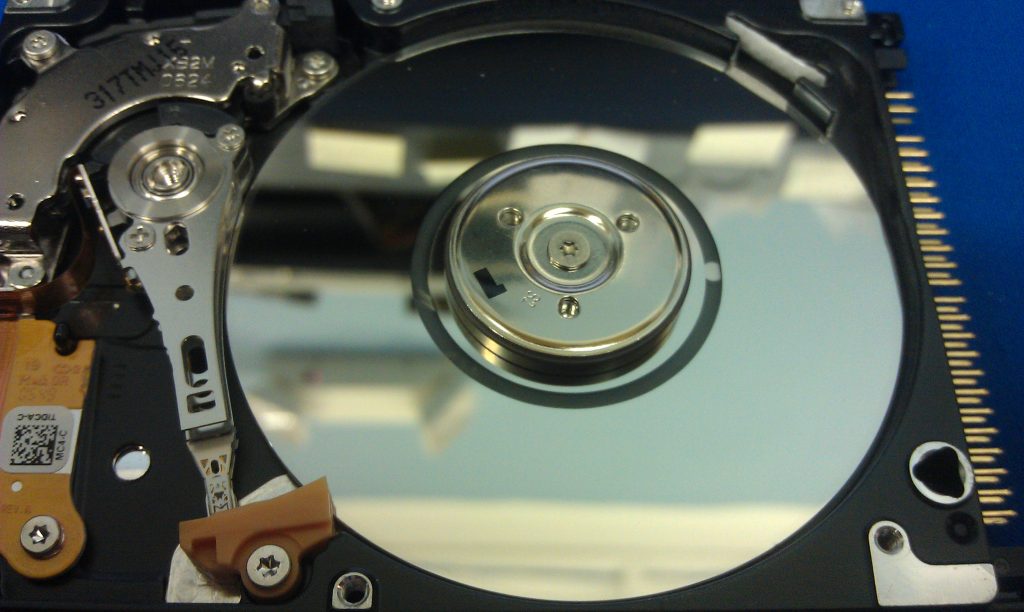In today’s digital age, data is at the heart of our personal and professional lives. From crucial work documents to cherished memories captured in photos and videos, everything resides on our computer hard drives. However, despite technological advancements, hard drives remain susceptible to failure, leading to potential data loss. Mastering computer hard drive recovery involves understanding the intricacies of data retrieval and employing expert tips and best practices to safeguard and recover valuable information.
Understanding Hard Drive Failure
Computer hard drives can fail due to various reasons: physical damage, logical errors, firmware corruption, or human error. Physical damage might occur due to drops, power surges, or manufacturing defects. Logical errors encompass file system corruption, malware attacks, or accidental deletion. Recognizing the signs of a failing hard drive, such as unusual noises, slow performance, or inaccessible files, is crucial. When faced with such symptoms, immediate action is necessary to prevent further damage and increase the chances of successful data recovery.
Expert Tips for Preventing Data Loss
- Regular Backups: The cardinal rule of data management is regular backups. Utilize both local and cloud-based backup solutions to ensure redundancy. Automated backup tools simplify this process, ensuring that critical data is consistently backed up without manual intervention.
- Monitoring Tools: Implement monitoring software to keep an eye on the health of your hard drives. These tools provide early warnings about potential failures, allowing proactive measures to prevent data loss.
- Antivirus and Malware Protection: Robust antivirus software and regular system scans are imperative to protect against malicious attacks that can corrupt or erase data.
- Handle With Care: Treat hard drives delicately. Avoid physical shocks or exposure to extreme temperatures that could damage the drive’s internal components.
The Recovery Process: Best Practices
When data loss occurs, following a structured approach enhances the chances of successful recovery:
1.Cease Usage and Diagnosis
At the first sign of trouble, stop using the affected drive immediately to prevent further damage. Diagnose the issue using diagnostic tools or seek professional assistance to determine the extent of damage or corruption.
2.Identify Recovery Options
Consider available recovery options, including software solutions, professional data recovery services, or DIY methods. Each option has its strengths and limitations based on the nature of the issue.
3.DIY Recovery Methods
For minor logical errors or accidental deletions, DIY recovery software might suffice. However, proceed with caution to avoid further data corruption. Attempt recovery on a separate drive to prevent overwriting the original data.
4.Professional Data Recovery Services
In cases of severe physical damage or complex issues, engaging professional data recovery services is recommended. These experts possess specialized tools and expertise to recover data from heavily damaged drives without exacerbating the problem.
5.Post-Recovery Measures
After successful data recovery, implement measures to prevent future occurrences. Update backups regularly, invest in better security measures, and consider drive replacements if the issue stemmed from hardware failure.
Conclusion
Mastering computer hard drive recovery involves a combination of proactive measures to prevent data loss and a structured approach to recovering lost or inaccessible information. Understanding the causes of hard drive failure, implementing preventive measures, and following best practices during the recovery process are essential in safeguarding valuable data. Remember, while technology offers various tools and methods for data recovery, professional assistance might be necessary in more severe cases. By integrating these expert tips and best practices, individuals can minimize the impact of hard drive failures and ensure the safety of their digital assets.
